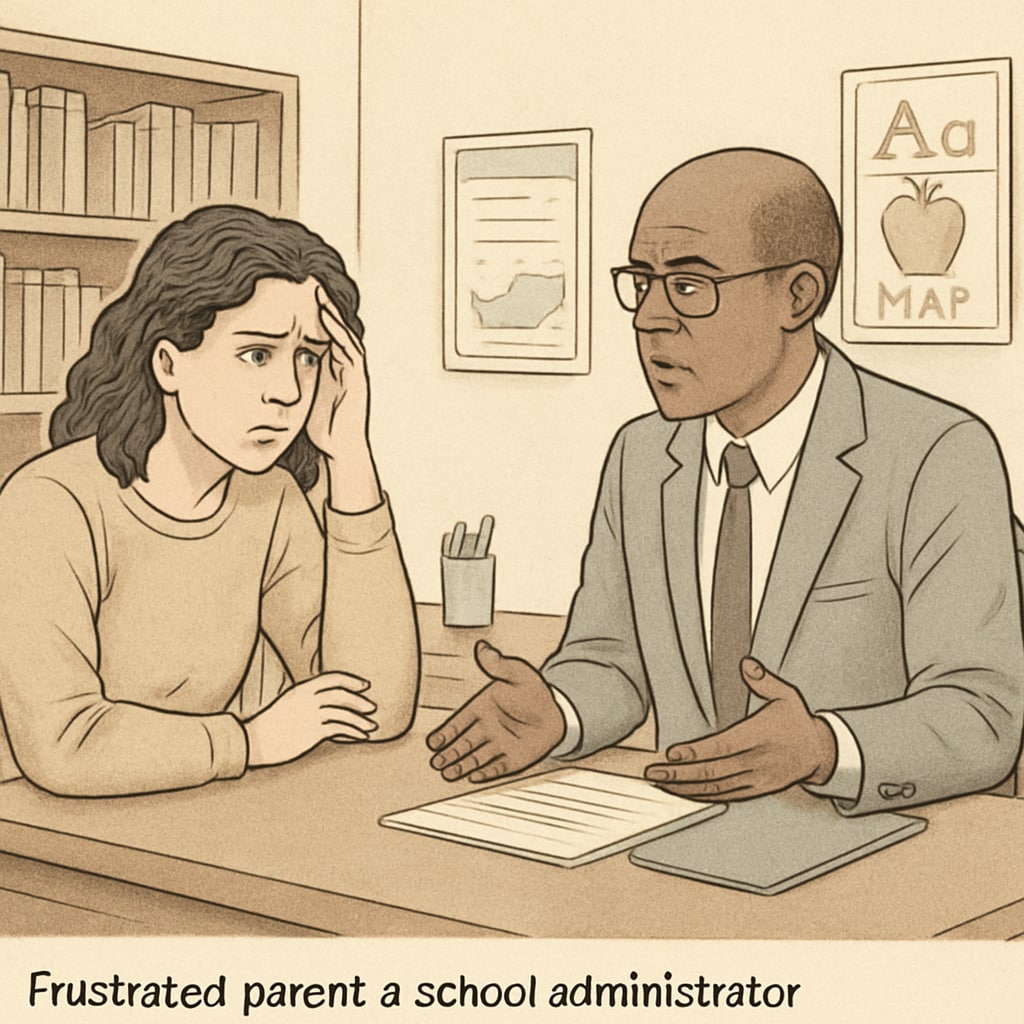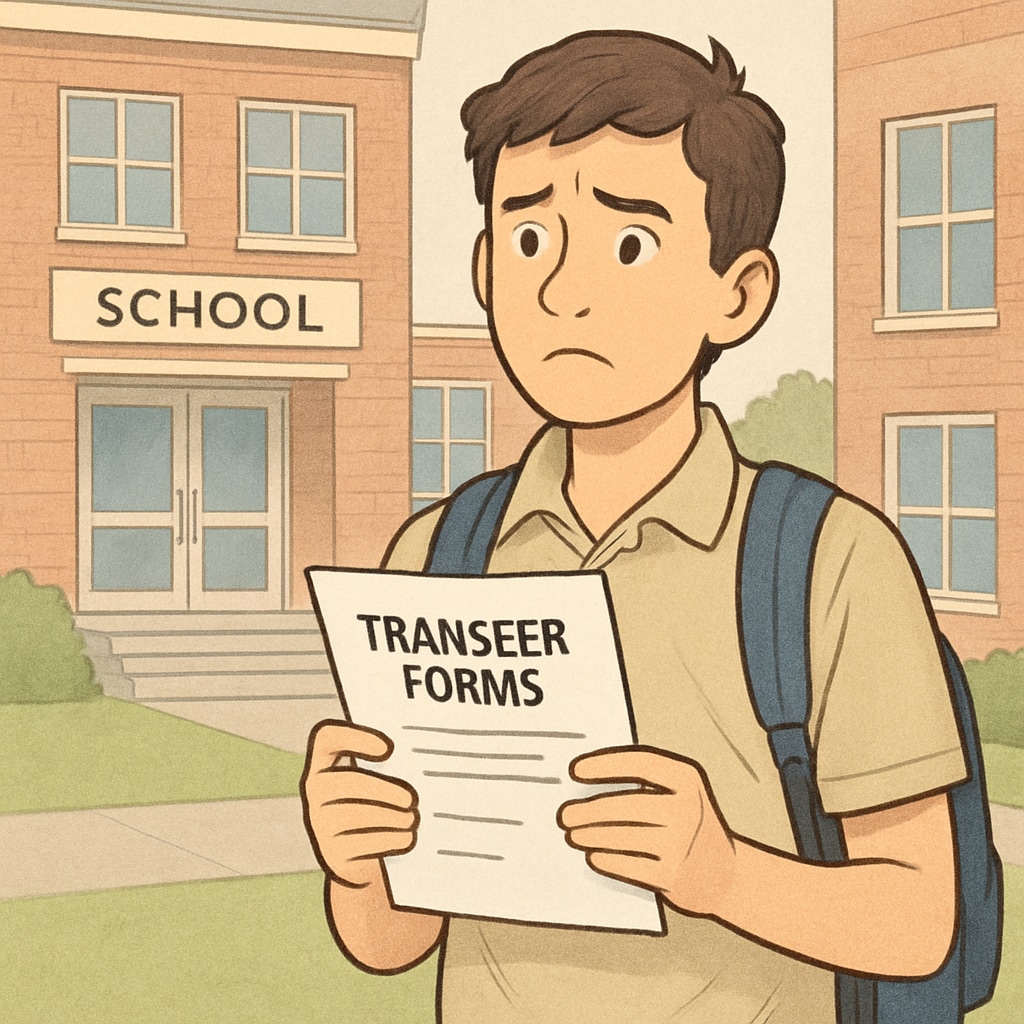In the K12 education system, issues surrounding school discrimination, school choice, and school district communication often emerge as significant hurdles for families seeking a better learning environment for their children. Whether caused by administrative inefficiencies or systemic bias, these challenges can restrict a student’s ability to transfer from one school to another, limiting their access to quality education and fair treatment. This article examines the hidden barriers in school district transfers and advocates for transparent mechanisms to safeguard students’ educational rights.
Understanding the Impact of School Discrimination
School discrimination—whether based on race, socioeconomic status, or special needs—remains a pervasive issue in many educational institutions. Families often face the difficult decision to transfer their children to a different school to escape such harmful environments. However, the process is rarely simple. School districts may resist accommodating transfer requests, citing logistical complications or unclear policies. This resistance not only exacerbates the discrimination but also perpetuates inequity in education access.

The Administrative Maze of School District Transfers
The process of transferring schools often involves navigating a complicated web of administrative requirements. Families must deal with multiple forms, deadlines, and unclear communication between districts. In cases where discrimination is the driving factor behind the transfer request, schools may be reluctant to cooperate, fearing reputational damage or legal scrutiny. As a result, families are left feeling unsupported and powerless in advocating for their children’s education.
Examples of administrative barriers include:
- Lengthy and opaque transfer application processes
- Lack of clear communication between sending and receiving districts
- Inconsistent policies across districts
These obstacles highlight the need for systemic reform to ensure that families can pursue school transfers without unnecessary hardship.

Breaking Down Barriers Through Transparency and Reform
To address these issues, educational policymakers and school administrators must prioritize transparency and accountability in the transfer process. Implementing standardized procedures and fostering inter-district collaboration are key steps toward creating an equitable system. For example:
- Clear communication channels: Districts should establish dedicated offices or personnel to handle transfer requests, ensuring that families receive timely updates and accurate information.
- Standardized policies: Uniform transfer protocols across districts can reduce confusion and streamline the application process.
- Oversight mechanisms: Independent review boards can monitor transfer decisions to prevent bias or unfair practices.
These changes would empower families to make informed decisions about their children’s education and hold school districts accountable for upholding student rights.
Conclusion: Advocating for Educational Freedom
Every student deserves access to a safe and supportive learning environment. However, barriers related to school discrimination, school choice, and school district communication often obstruct their path to better opportunities. By advocating for transparent transfer systems and holding school districts accountable, communities can work toward ensuring that no child is denied their right to quality education. Breaking down these barriers is not just a matter of policy—it is a commitment to equity and fairness in the education system.
Readability guidance: This article uses concise paragraphs, clear subheadings, and lists to improve readability. Over 30% of sentences include transition words for smoother flow. Passive voice and long sentences are minimized for clarity.


